Did you know the Unicorn, the oldest ship of the Royal Navy still afloat, was almost broken up and sunk in the River Tay?
Sixty years ago, the journey to save the 46-gun frigate drew the biggest crowd Dundee harbour had seen since the foundation stone of Early Grey Dock was laid in 1832.
So how did one of the oldest ships in the world almost end up in a watery grave? We explored our archives to find out.
The birth of the Unicorn
The Unicorn was built at Chatham shortly after the great sea campaign against Napoleon, as part of a programme for re-equipping a battle-weary Royal Navy.
HMS Unicorn launched in 1824 and spent her early years in reserve or ‘ordinary’ in the south of England before she was brought to Dundee in 1873 to serve as the reserve training ship for the Tay.
In this period she made only three short voyages, one in 1880 and one in 1900 when she moved alongside the northside of the lockway whilst new guns were installed.
Her longest voyage, in 1886, saw her turned around so that a rapid- firing gun on her port side could be used to fire into the river for training purposes.
In 1906 she became the Royal Naval Volunteer Reserve headquarters ship.
Changes were afloat for Unicorn. Her name was commandeered for an aircraft carrier which was being built at Belfast in 1939 and she became the Unicorn II.
In November, 1941, she was renamed HMS Cressy.
She was known as Cressy until 1959 when the sea-going Unicorn was scrapped and the original given back her name.
She lived in Dundee without a great deal of fuss being made about her until 1962 when she was in the way of one of the approach roads for the new Tay Road Bridge.
The city’s Royal Arch, which gave access to one of the port’s main docks, was also due to be wiped out because it too was in the way of the Tay Road Bridge landfall development.
Earl Grey Dock, where the 46-gun frigate was moored, was due to be filled in and it was decided the old lady should be broken up where she lay.
The decision provoked a huge outcry, not least from the Unicorn’s captain Peter Sime.
The Queen Mother joined the outcry
The frigate was eventually given a reprieve from Lord Carrington, First Lord of the Admiralty, after a deputation from Dundee went to London to argue the case and the Queen Mother joined calls to save the ship.
The pivotal factor was the cost of breaking up the Unicorn on site, weighed against towing her down river and sinking her, if she was to be scrapped.
Agreement was reached that an attempt would be made to move her but if she started to break up during the tow she would be taken to deeper water and sunk.
The voyage that could save the Unicorn was scheduled to take place in October.
Lord Provost Maurice McManus said: “No one wants to do away with her.
“She’s part and parcel of the city.
“We’re hoping we can find a place for her down river.”
Dundee Harbour Trust tugs were to be entrusted with the tricky task of dragging the Unicorn to Camperdown Dock.
In an intricate operation over October 12 and 13, the Unicorn was first hauled off the bank of mud it lay on at Earl Grey Dock, then escorted out on to the river by two tugs.
The black and white frigate once again felt the ripple of water past her sides as she gracefully moved down river to make way for the building of the Tay Road Bridge.
It then made its way to its new temporary berth at Camperdown Dock.
The sight of the grand old warship taking to the river even for the briefest of periods was enough to bring the public out in their droves.
Twenty thousand people turned out along the river front which was more than the welcoming crowd for the Queen and the Duke of Edinburgh when they disembarked from the Royal Yacht Britannia in 1955.
It was also the biggest crowd the harbour had seen since the foundation stone of Earl Grey Dock was laid in 1832.
Some were on a purely sentimental outing, casting their minds back to days when the dock sides of Dundee were so often lined with spectators welcoming back the whalers from the Arctic.
They stood 20 deep in places along the river front to gaze at the Unicorn while hundreds perched atop piles of timber and watched from the roofs of buildings.
‘Dundee’s Alan Whicker’ was there
They were kept back by makeshift rope barriers but one 14-year-old boy enjoyed completely unobstructed views of the historic journey.
David Crichton was assisting his father, also David, who was known as ‘Dundee’s Alan Whicker’.
As official photographer for Dundee Corporation, Mr Crichton, who had recorded numerous historic events, captured the footage for a video which would be deposited with Dundee public library.
A “home movie” was also filmed on 8mm colour film by Alan D McLagan.
Seamen had a bird’s eye view of the historic voyage from the crow’s nest of HMS Circe and the mast of HMS Montrose.
The sluggish tide delayed the start until 2.20pm on October 13.
Two harbour tugs, Harecraig and Castlecraig, pulled the 176-foot long Unicorn which was surrounded by a fleet of small craft and a helicopter overhead.
The passage to Camperdown Dock took just 15 minutes and her entry was accomplished without a hitch.
A mass of people lining quays and docksides gave three cheers as the Unicorn made the tricky turn from the Tidal Basin into the calm waters of the Tay with her new White Ensign and signal flags streaming in the breeze.
The operation was completed except for a little celebration party in the wardroom.
It was an epic occasion for the delegation from Dundee that finally persuaded the Admiralty to move the ship rather than scrap it.
Captain Peter Sime, former captains J.C.L. Anderson and D.L. Miller, and Lord Reith, acting as intermediary, described it as a “day to remember”.
“Well that’s it,” Lord Reith said.
“What a thrill. Wonderful wasn’t it?
“A day to remember. Now I must make a signal.”
Unicorn saved from life at bottom of River Tay
Off it went to Lord Carrington at his home in Bedfordshire, in recognised naval phraseology, which read: “Unicorn now at new berth.
“No trouble or anxiety during tow and no pumping required – Sime, Anderson, Miller, Reith.”
The operation was acclaimed as an outstanding success by the harbour authorities.
In September 1963, the Unicorn was moved to her present berth at the south-west corner of Victoria Dock.
She retired from duty as RNVR headquarters in 1968 when the Admiralty handed her over to the Unicorn Preservation Society along with a gift of £5,000.
The Duke of Edinburgh accepted the ship on behalf of the society.
She is now one of the major visitor attractions to Dundee waterfront and has hosted family celebrations, conferences and functions as well as an annual service of remembrance.
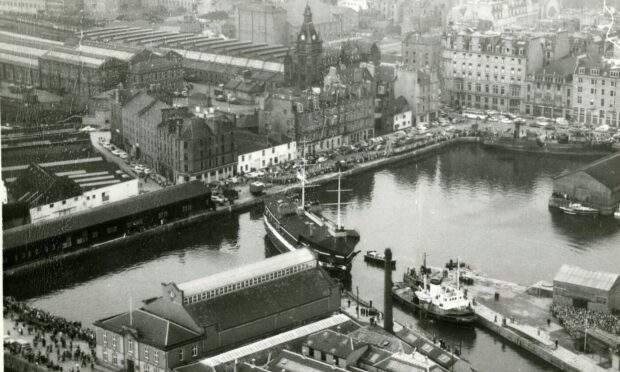
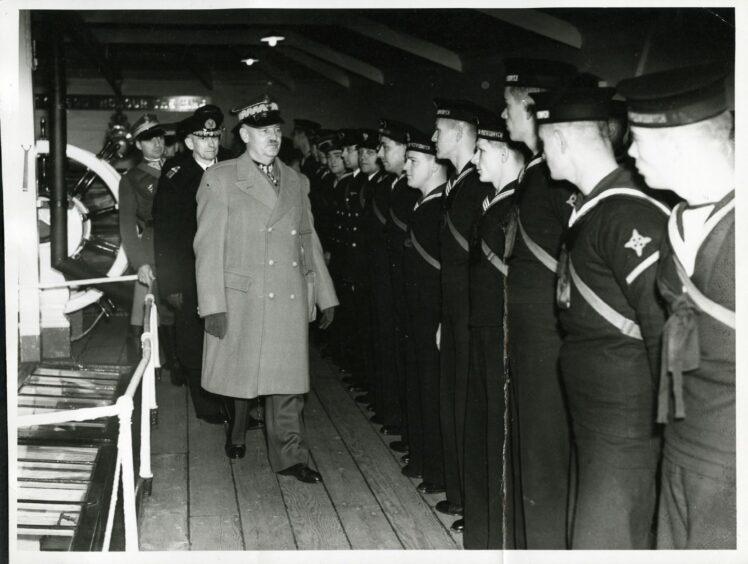
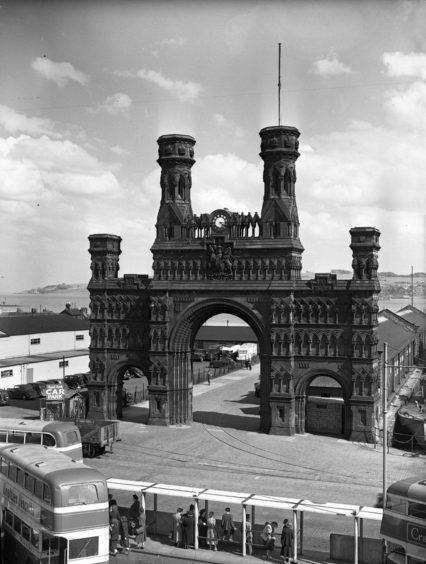
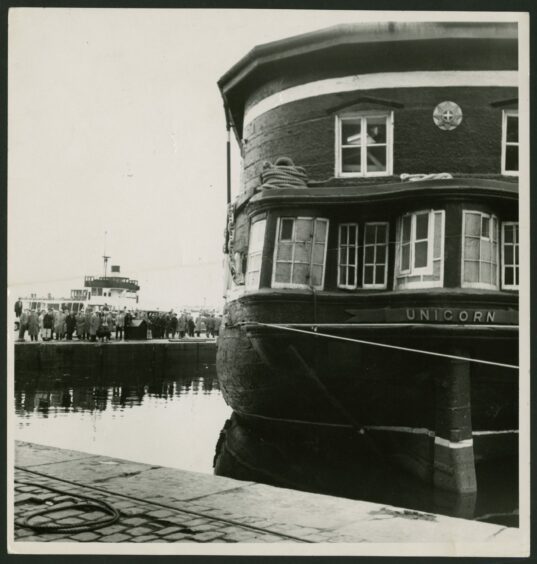

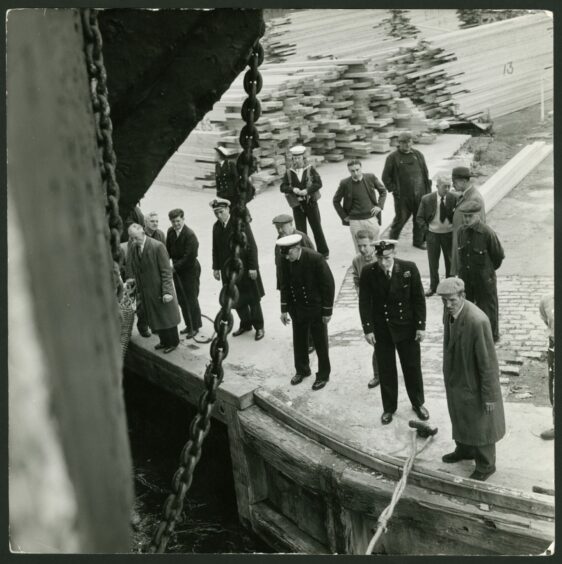
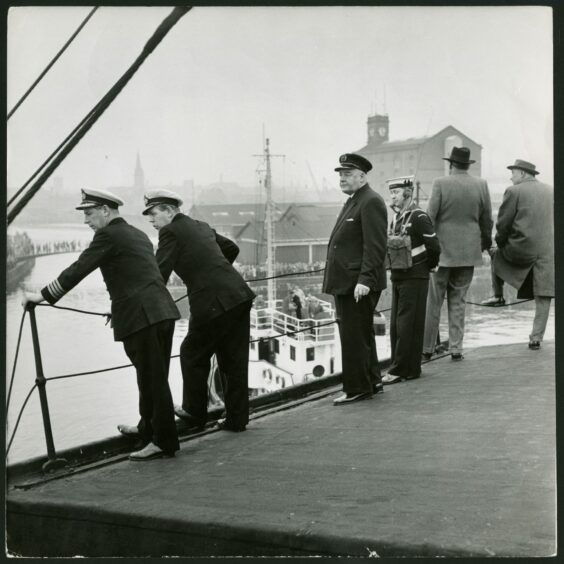
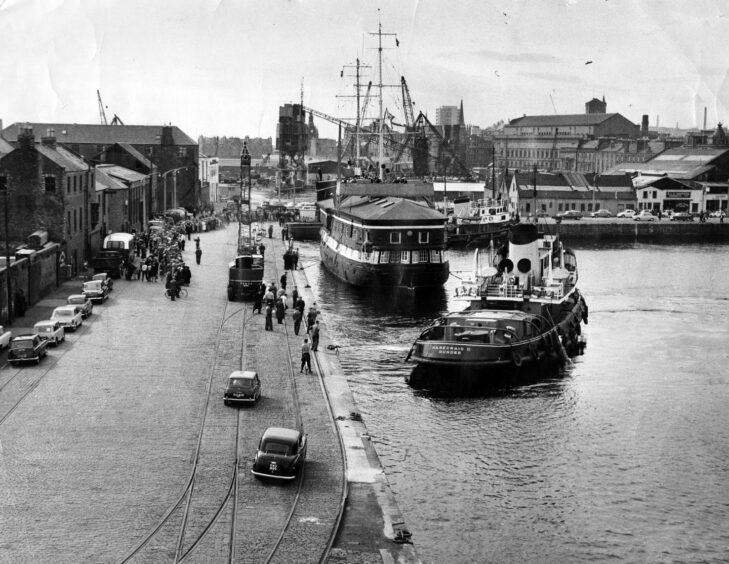
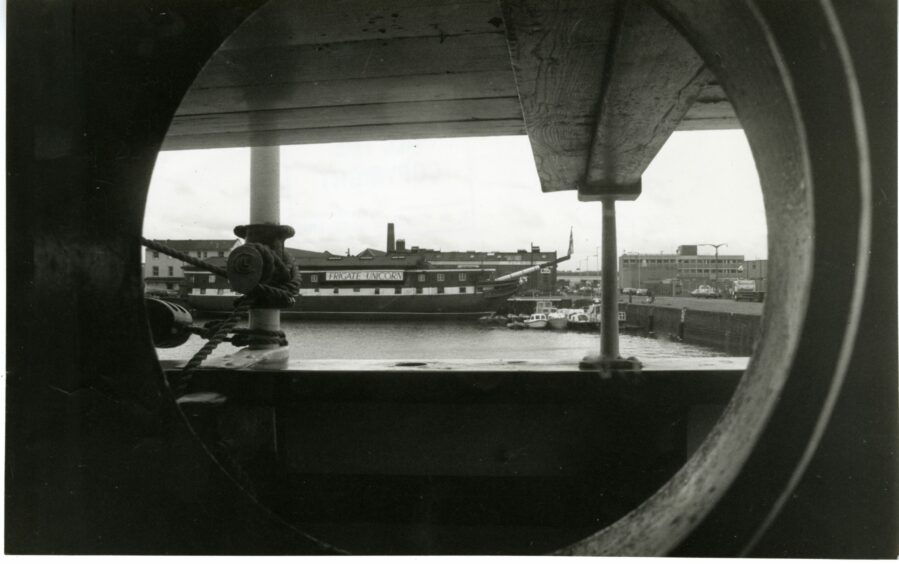










Conversation